In a dusty factory, a group of Ukrainians produce artillery that cannot fire, radar that cannot detect anything, and missiles that have no explosives.
The weapons being manufactured are actually decoy models intended to draw fire and consume Russian military ammunition, diverting attention from the real Ukrainian weapons deployments. The location of the factory is not disclosed.
Over the course of more than a year, the team’s skills have improved. Using plastic, scrap wood, foam and metal, they can create replicas of real weapons, with enough shape to fool opponents observing images captured by unmanned aerial vehicles (UAVs).
At this factory, success depends on how quickly the dummy devices are destroyed. “When the military comes here and says they’ve used up all the decoys, that means we’ve succeeded,” one worker said.
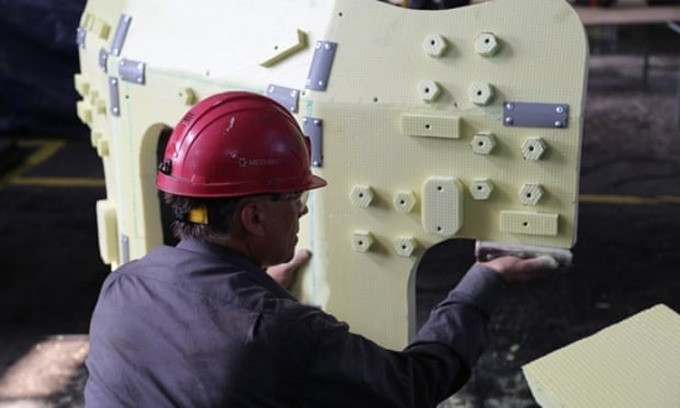
Workers making decoy weapons in Ukraine. Photo: Guardian
A cabinet at the factory displays "trophies", including engines and debris from a suicide UAV that was lured into attacking the dummy device.
For the staff here, Russia's attack on a decoy asset costs Moscow resources, which also means one less attack on Ukraine's real weapons positions.
"These things can save the lives of our comrades who are fighting. We are shared with the military pictures and the remnants of the decoy attacks as proof that we have done a good job," said one worker.
Everyone at the factory was on permanent secondment from the steel company Metinvest, which runs the Azovstal steel plant in Mariupol. A spokesman said Metinvest’s main shareholder was Ukraine’s richest man, Rinat Akhmetov, who backed the decoy plan.
The idea of creating decoy weapons came to three senior managers of the company when the war broke out, when the Ukrainian army was outgunned and the flow of weapons from the West was just at its beginning.
"We think that if the Russian military sees a lot of equipment, they will hesitate and not dare to move forward or shell an area. These decoys are psychological weapons," said a senior manager.
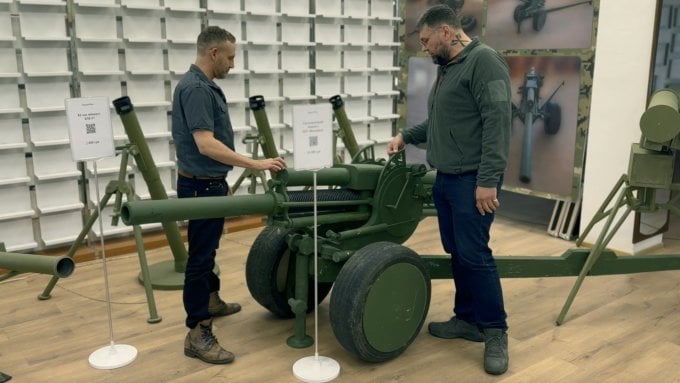
Wooden models of military equipment are displayed at a store in Ukraine in July. Photo: Scripps News
The manufacturing team regularly updates the "production line" to produce models similar to new weapons, recently introduced into Ukraine's arsenal, as well as more realistic products.
One worker said manufacturing was simpler at the start of the war, when Russian troops attacked with weapons they could see. Now, with both sides using decoys, soldiers will have to do more reconnaissance to determine if the weapon is real.
The production team also recently designed the fake weapon to radiate heat like a real weapon. This makes the model convincing even when viewed at night with a thermal imaging scope.
“We have to adapt to reality and always add new things. We evaluate our work this way: If nothing happens with the new decoy weapons, if they are not targeted, it proves that we have made a mistake in the design,” the worker said.
In an encrypted letter sent by the Ukrainian army to the workshop there was an order for 50 models of a type of equipment. Metinvest's designer agreed and the team got to work.
First, they would download a series of photos of the requested weapon. Then the team would figure out which cheap materials to use that would still look authentic under the camouflage paint. Items like pipes, discarded wooden barrels, and old oil drums were all used.
Finally, workers will carefully mold each part based on the design of the weapon. These model weapons will be shipped in flat layers, then assembled when they reach the front line. It takes only about 20 minutes for soldiers to assemble a model cannon.
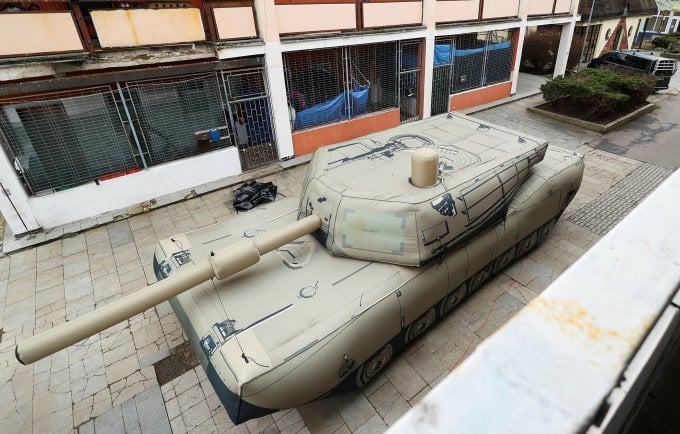
The inflatable Abrams tank, produced by the Czech company Inflatech, was introduced in March. Photo: Reuters
Workers at the factory believe their creation is superior to the inflatable Ukrainian model used as a decoy in the past. Compared to inflatable weapons, the decoy with a metal frame is also easier to repair if it is partially damaged.
A worker said the Ukrainian military said the inflatable decoy had problems when it was windy or under certain weather conditions, it could blow away and look unreal.
Decoy tactics have a long history in conflict. Dummy tanks were first deployed to great effect by the Allies in World War II. The US also had a “phantom army” at the time, using sound effects, fake radio waves, and a series of illusions to simulate large troop movements. Some of the soldiers later went on to work in film and theater.
"We are looking forward to winning and not having to do this job anymore," said one model production worker.
Mr. Hoang (According to Guardian )
Source link


![[Photo] Prime Minister Pham Minh Chinh chairs the Government's online conference with localities](https://vphoto.vietnam.vn/thumb/1200x675/vietnam/resource/IMAGE/2025/10/5/264793cfb4404c63a701d235ff43e1bd)


![[Photo] Prime Minister Pham Minh Chinh launched a peak emulation campaign to achieve achievements in celebration of the 14th National Party Congress](https://vphoto.vietnam.vn/thumb/1200x675/vietnam/resource/IMAGE/2025/10/5/8869ec5cdbc740f58fbf2ae73f065076)
![[Photo] Opening of the 13th Conference of the 13th Party Central Committee](https://vphoto.vietnam.vn/thumb/1200x675/vietnam/resource/IMAGE/2025/10/6/d4b269e6c4b64696af775925cb608560)



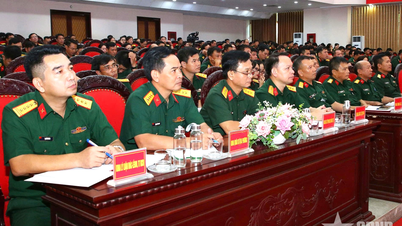

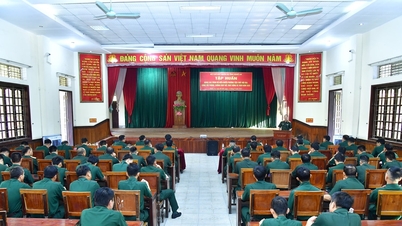





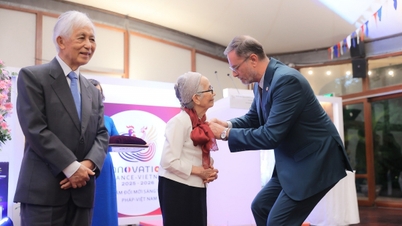
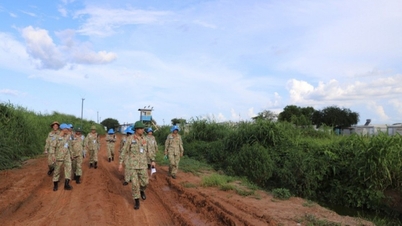


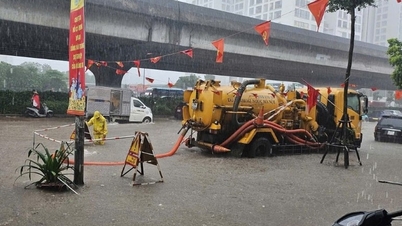






































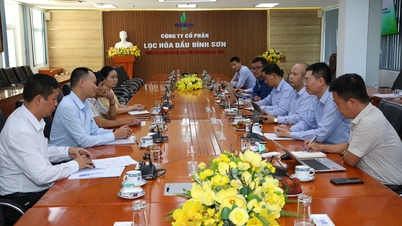








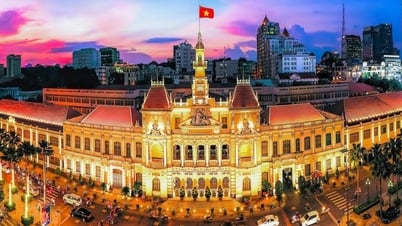





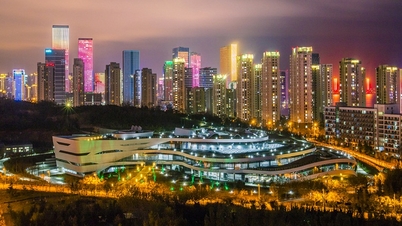


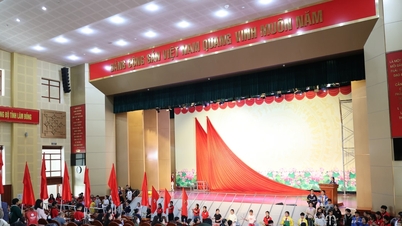

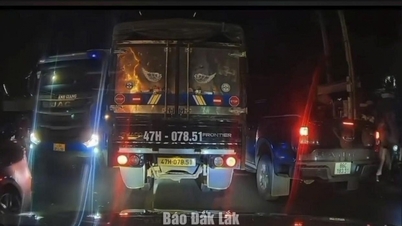

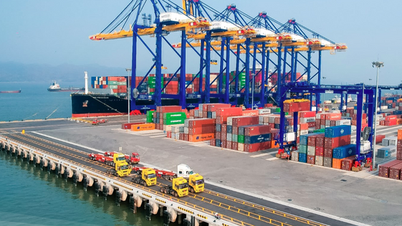

















Comment (0)